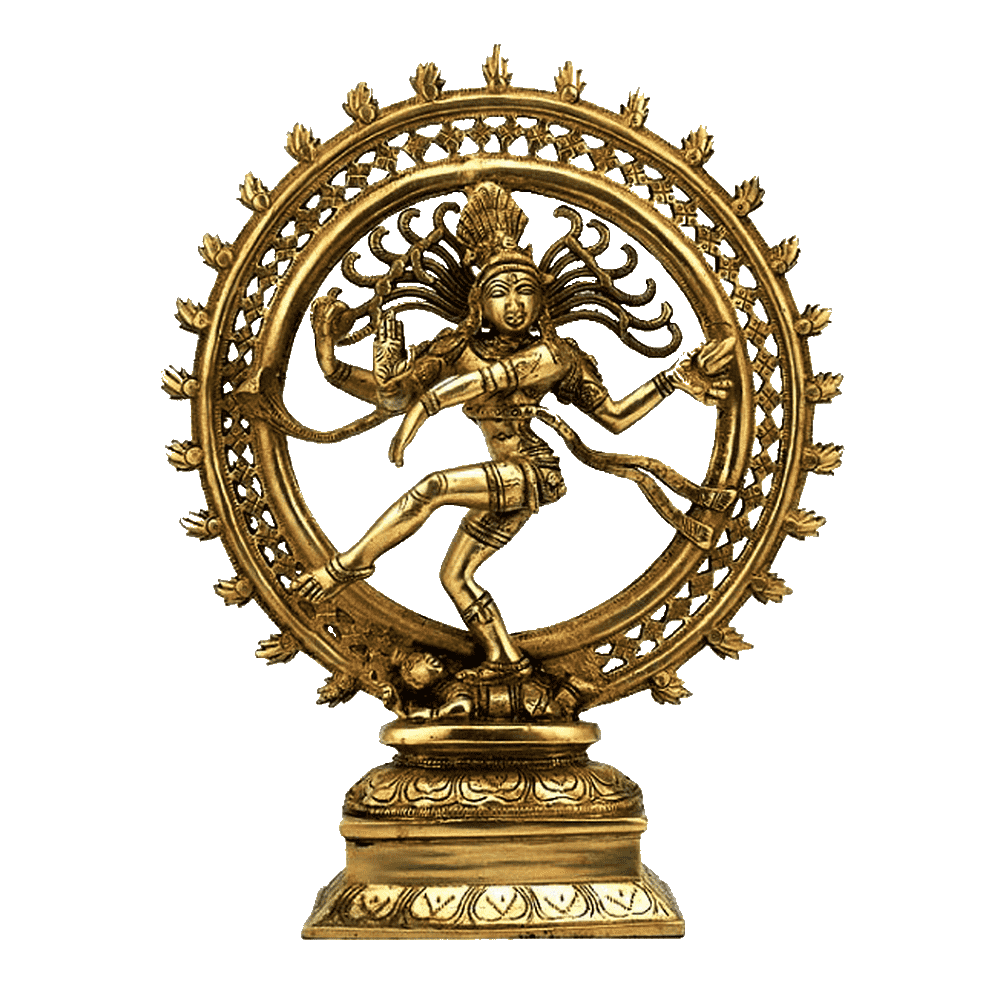
Bhairavāgamas
Focus on Bhairava, an intense form of Śiva
Introduction:
The Bhairavāgamas are a group of sacred texts within the Śaiva tradition that focus on Bhairava, an intense and fierce form of Lord Śiva. Bhairava is the terrifying aspect of the divine, embodying both destructive and transformative energies. The term “Bhairava” is derived from the Sanskrit root “bhīru,” which means “fearful” or “terrifying.” Bhairava is often depicted with a fierce demeanor, symbolizing the destruction of ignorance, ego, and negative qualities.
Origins and Context:
The Bhairavāgamas are an integral part of the Śaiva Āgamas, a collection of ancient Tantric texts that provide guidelines for temple worship, rituals, and spiritual practices. These scriptures are considered divine revelations and are believed to have been transmitted by Lord Śiva himself to sages and seers for the benefit of humanity.
The teachings and practices of the Bhairavāgamas are designed to empower devotees, help them overcome inner limitations, and accelerate their spiritual evolution. The worship of Bhairava is a means of invoking the transformative energies of the divine and attaining fearlessness, detachment, and spiritual liberation.
Key Aspects of Bhairavāgamas:
Bhairava Worship:
The Bhairavāgamas elaborate on the rituals and worship practices dedicated to Bhairava. These rituals involve offerings of flowers, incense, and sacred items, accompanied by chanting of powerful mantras and prayers.
Transformative Power:
Bhairava is known for his transformative power. By invoking the energies of Bhairava, devotees seek to destroy their inner impurities, ego, and negative traits, paving the way for inner growth and spiritual evolution.
Empowerment and Protection:
The worship of Bhairava is believed to bestow devotees with empowerment and protection. He is often regarded as the guardian deity who safeguards his devotees from harm and leads them towards spiritual emancipation.
Tantric Practices:
The Bhairavāgamas provide a wide range of Tantric practices, including meditation, visualization, mantra recitation, and sacred rituals. These practices aim to awaken higher consciousness, align the practitioner with divine energies, and facilitate spiritual transformation.
Non-dual Philosophy:
Amidst the fierce imagery, the Bhairavāgamas often incorporate non-dual philosophical teachings, emphasizing the unity of the individual soul (Atman) with the ultimate reality (Brahman). This philosophy guides seekers towards the realization of their innate divinity.
Fearlessness and Detachment:
Bhairava represents fearlessness and detachment from the material world. Through his worship, devotees are encouraged to let go of worldly fears and attachments, leading them towards liberation from the cycle of birth and death (samsara).
Conclusion:
The Bhairavāgamas hold significant importance within the Śaiva tradition, as they focus on Bhairava, the intense and fierce form of Lord Śiva. These sacred texts provide profound insights into the transformative power of Bhairava and offer tantric practices that empower devotees and facilitate their spiritual evolution. By embracing Bhairava’s energies and engaging in devoted worship and spiritual practices, seekers are guided towards fearlessness, detachment, and self-realization. The Bhairavāgamas exemplify the path of transformation and liberation, ultimately leading devotees to recognize their divine nature and attain union with the eternal reality of Lord Śiva.
Editor – Kaalchakra Team
[ Note – Before Concluding anything as a Finale, Please Go through Original Scriptures of Vaidik Literature Written in Sanskrit and Also with Meaning of That time of Language. Because English is a Limited language to Explaining the Deeper Knowledge of Vaidik Kaal. ]
